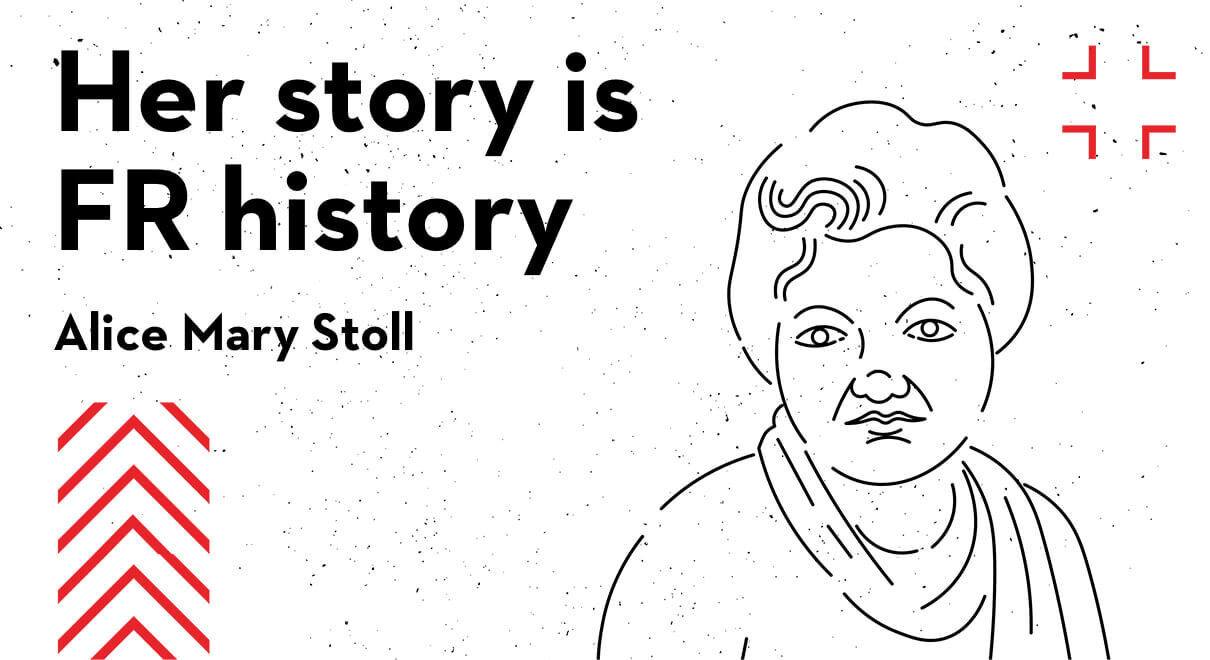Women in Safety: Alice Stoll and the Stoll Curve

Just like all of us here at Bulwark FR, Alice Stoll (1917–2014) was committed to taking FR to the highest degree.
That’s because Stoll’s research in the 1960’s led to the Stoll Curve, which is what FR experts use to determine what PPE is needed to reduce burn injuries.
You’re probably thinking, how did Stoll know at what conditions did things get too hot to handle? The answer: burn research. And it involved the forearms of sailors!
When she worked in the United States Navy Reserves, Stoll teamed up with another researcher named Maria Chianta to study the reaction of human skin to thermal energy/heat.
She conducted further research on the skin of pigs and rats—not sailors, thankfully.
The big takeaway from Stoll’s research was understanding the amount of heat or thermal energy that results in a 2nd degree burn on human skin. Alice Stoll’s contribution to FR apparel with this research is a crucial part of the thermal testing used to evaluate the ability of a fabric to protect against a variety of workplace hazards like flash fire, electric arc, molten metal splash and others. It’s also important to note that the Stoll Curve represents a relationship between time and energy. As we measure those relationships, we can determine Arc Thermal Performance Value (ATPV) ratings, and Breakopen Threshold Energy (EBT) ratings as well as predict the time to 2nd degree burn injury through FR fabrics.
Stoll received a number of awards including the Achievement Award of the Society of Women Engineers in 1969. The Bulwark team is proud to celebrate Alice Stoll, who had an important role in advancing FR technology.